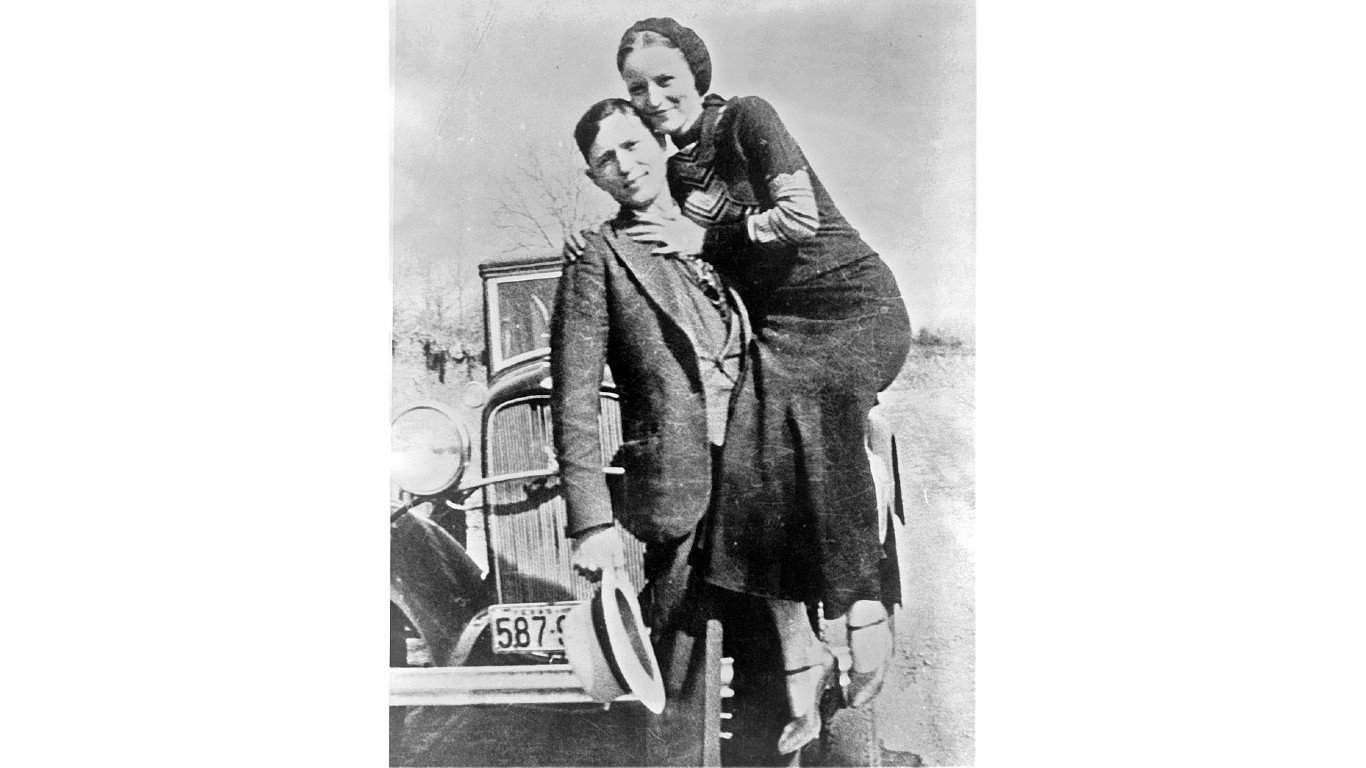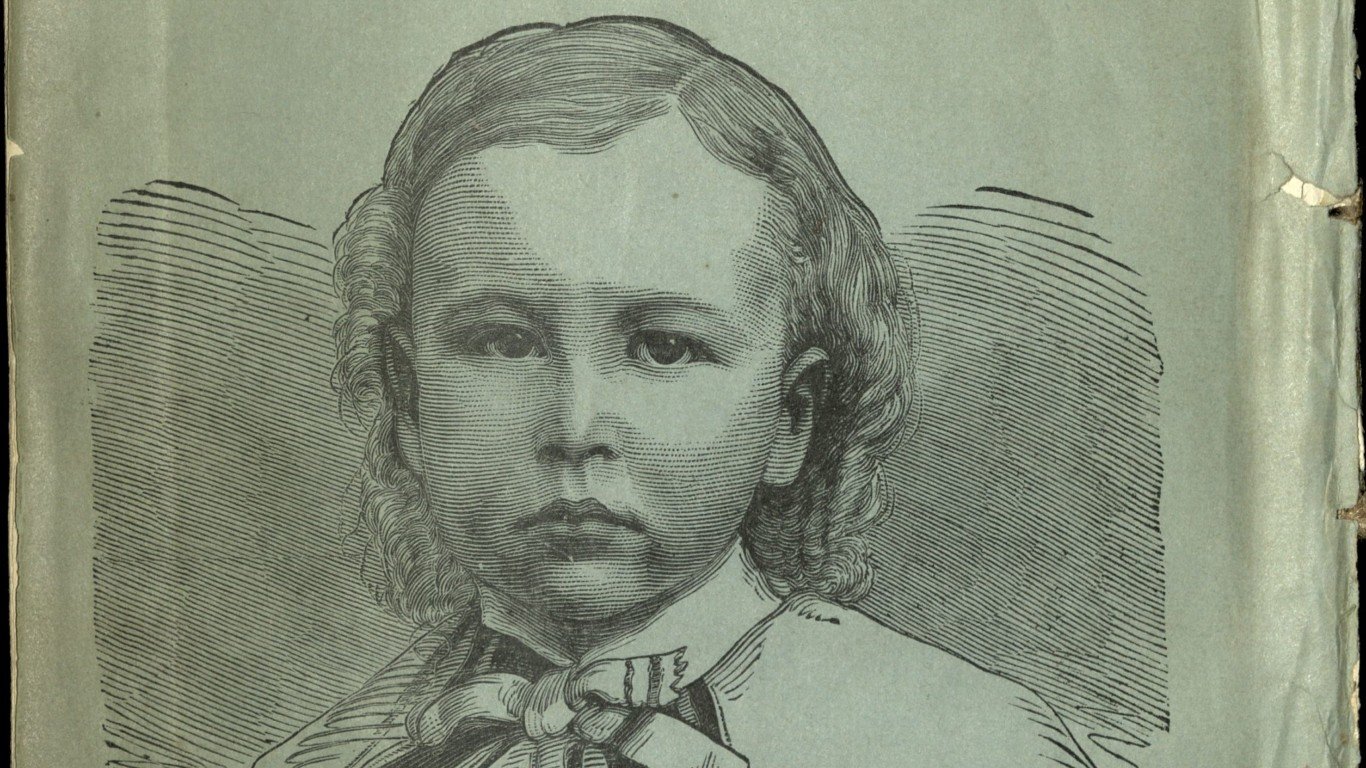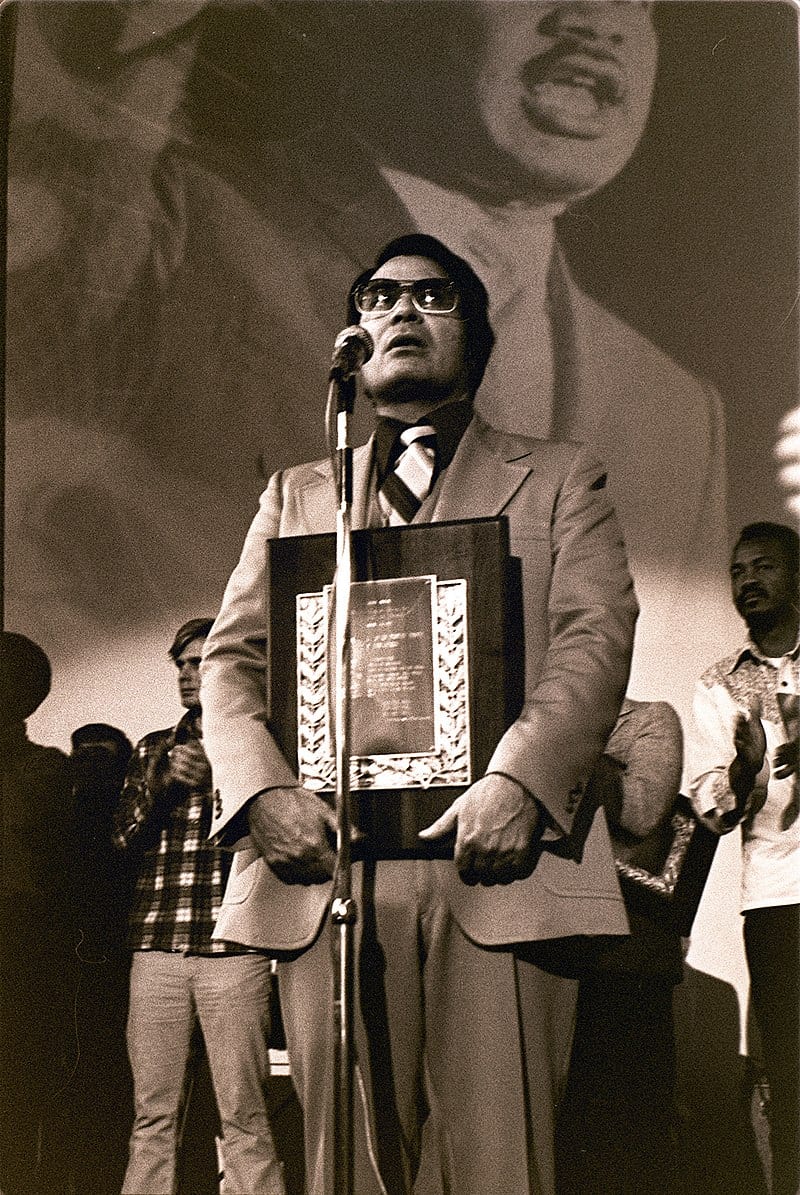The United States did not have a federal investigation agency until the creation of the Federal Bureau of Investigation in the early 20th century. Since then, the agency has handled some of the most famous crime cases in American history.
To compile the most significant cases in U.S. law-enforcement history, 24/7 Tempo drew on information from the FBI’s website. We exercised editorial discretion in assembling our list based on the importance of the case, its challenges, the historical significance, and national interest in particular cases.
The FBI began as America’s premier law enforcement agency in 1908 when Attorney General Charles J. Bonaparte ordered the creation of a special agent force in the Department of Justice. The need for a national crime-fighting unit arose with the passage of acts that were national in scope such as the Espionage Act and the National Motor Vehicle Theft Act. The FBI became a force to be reckoned with when J. Edgar Hoover took over the bureau in 1924.
Since then, the FBI has handled cases pertaining to kidnappings, robberies across state lines, plane hijackings, bombings, murder, and slaying of law-enforcement officers.
Some of the more famous kidnappings were of Charles Augustus Lindbergh, Jr., the 20-month-old child of the famed aviator and author Anne Morrow Lindbergh in 1932, and Hearst publishing heiress Patty Hearst in 1974. Law enforcement apprehended the thieves who pulled off the Brink’s robbery in Boston in 1950; the string of bank holdups in the Northeast in 1961; and the theft of the Krupp diamond ring in 1959 (it was later bought by Richard Burton for his wife Elizabeth Taylor).
There are two plane hijackings on our list, one perpetrated by a Vietnam War veteran who was caught, and the infamous hijacking by D.B. Cooper, who bailed out of the plane with ransom loot and has not been found.
The FBI solved politically motivated bombings in the 1980s and 1990s such as the Unabomber, and one bombing that was carried out for greed. (These are the most famous major cases in FBI history.)
One of the century’s most notorious murders, the grisly death of the so-called Black Dahlia in 1947, remains unsolved. Also included on our list are the cases involving the slayings of special agents in the line of duty.
Rosenberg Espionage

- Outcome: The Rosenbergs were executed in 1953
During the first years of the Cold War, the FBI arrested several members of a spy ring that included Julius Rosenberg and his wife Ethel who were accused of passing along atomic secrets to the Soviet Union. They were found guilty of espionage and became the first and only Americans executed for espionage in 1953 during the Cold War.
Alcatraz escape

- Outcome: Unsolved
During a routine early morning bed check at Alcatraz prison on June 12, 1962, authorities discovered that three convicts were not in their cells: John Anglin, his brother Clarence, and Frank Morris. In their places were dummy heads made of plaster, flesh-tone paint, and actual human hair. The prison went into lockdown, and an intensive search began. It is not known if the escapees drowned or had made the only successful escape from The Rock.
Black Dahlia murder
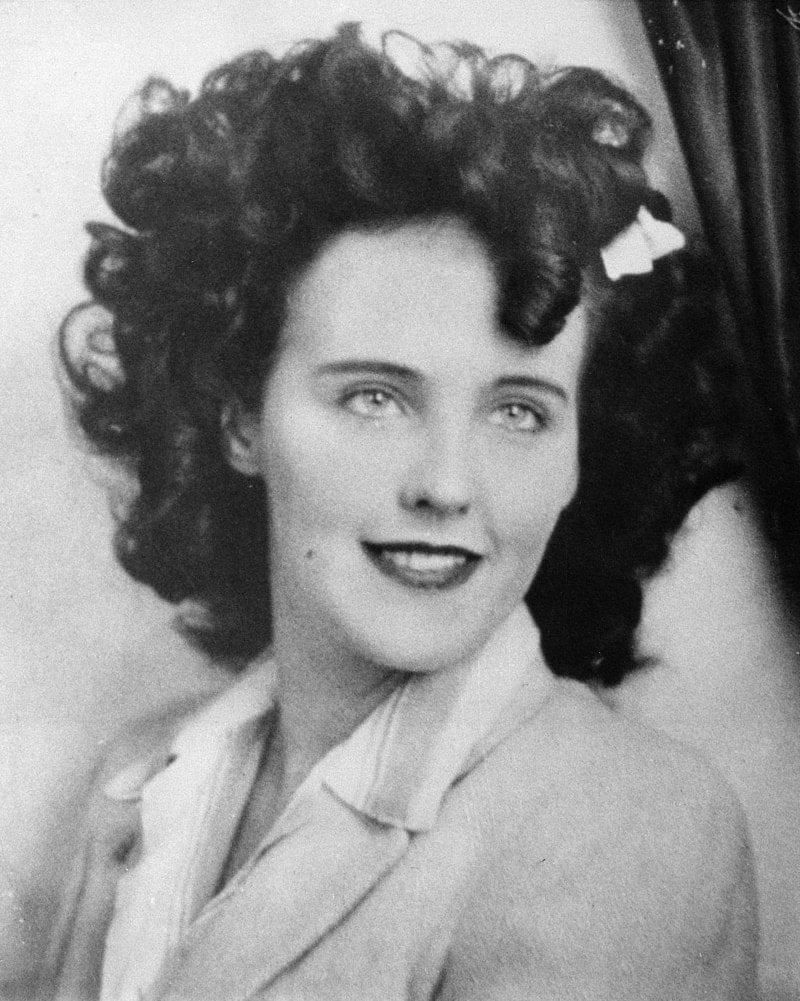
- Outcome: Unsolved
On the morning of Jan. 15, 1947, a mother her child out for a walk in a Los Angeles neighborhood encountered a gruesome sight: a young woman’s body was sliced in half at the waist. Despite the extensive cuts to her body, there was no blood, indicating that she was murdered elsewhere. The young woman was Elizabeth Short, a 22-year-old aspiring actress. She would be dubbed the “Black Dahlia” by the media for her alleged preference for sheer black clothes and for the “Blue Dahlia” movie out at that time. The crime remains unsolved.
Brinks robbery
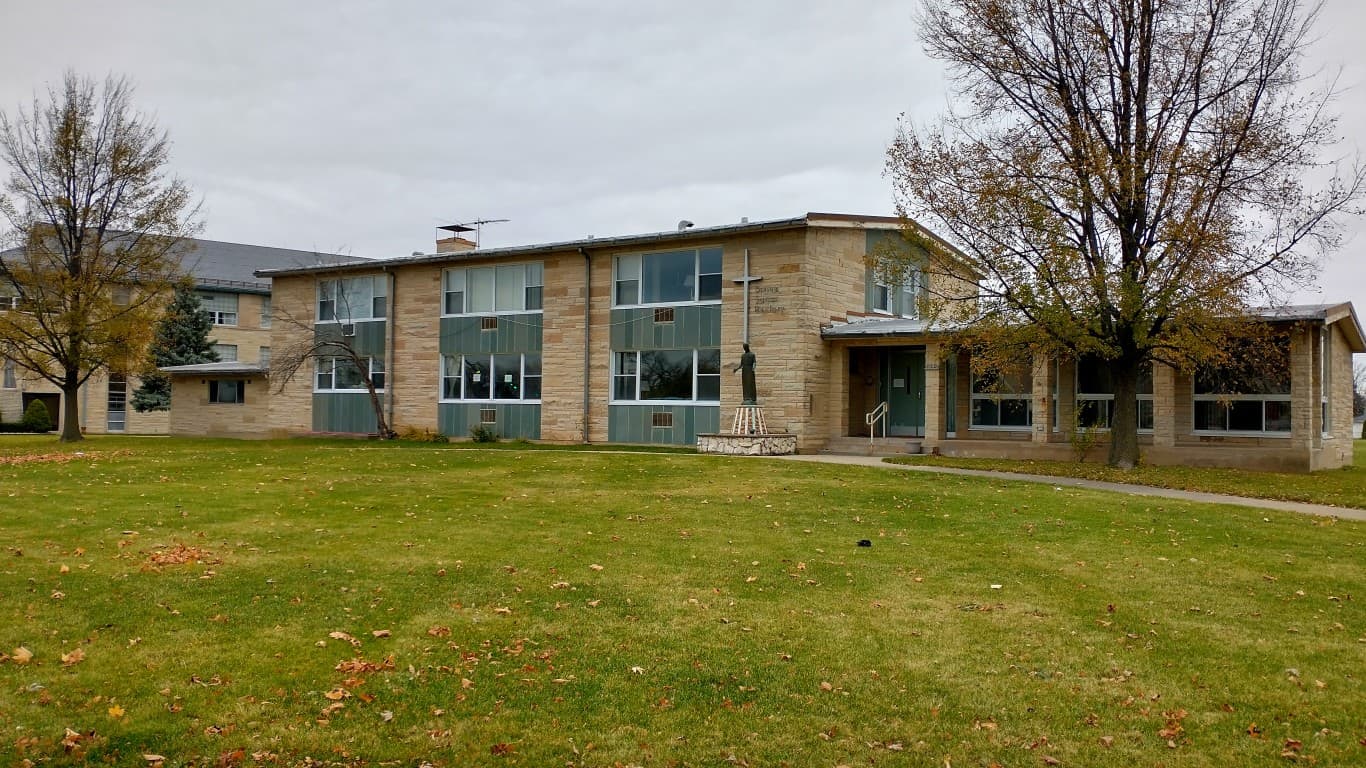
- Outcome: 8 people found guilty for armed robbery
On the evening of Jan. 17, 1950, employees of the security firm Brinks, Inc., in Boston, were returning sacks of undelivered cash, checks, and other items to the company safe. Just before 7:30 p.m., five men entered the building, bound the employees, and grabbed the loot. They swiped more than $1.2 million in cash and another $1.5 million in checks and other securities, the largest robbery in the U.S. at the time. Eight men were eventually found guilty of the robbery.
Charles Ross kidnapping
- Outcome: Suspect confessed to kidnapping and murder and executed
Charles S. Ross, the wealthy president of a greeting-card company, was driving toward Chicago on Sept. 25, 1937, when he was pulled over and kidnapped at gunpoint by two men. Ross and one of the kidnappers, James Atwood, were killed by John Henry Seadlund, who was eventually caught and executed.
D.B. Cooper hijacking
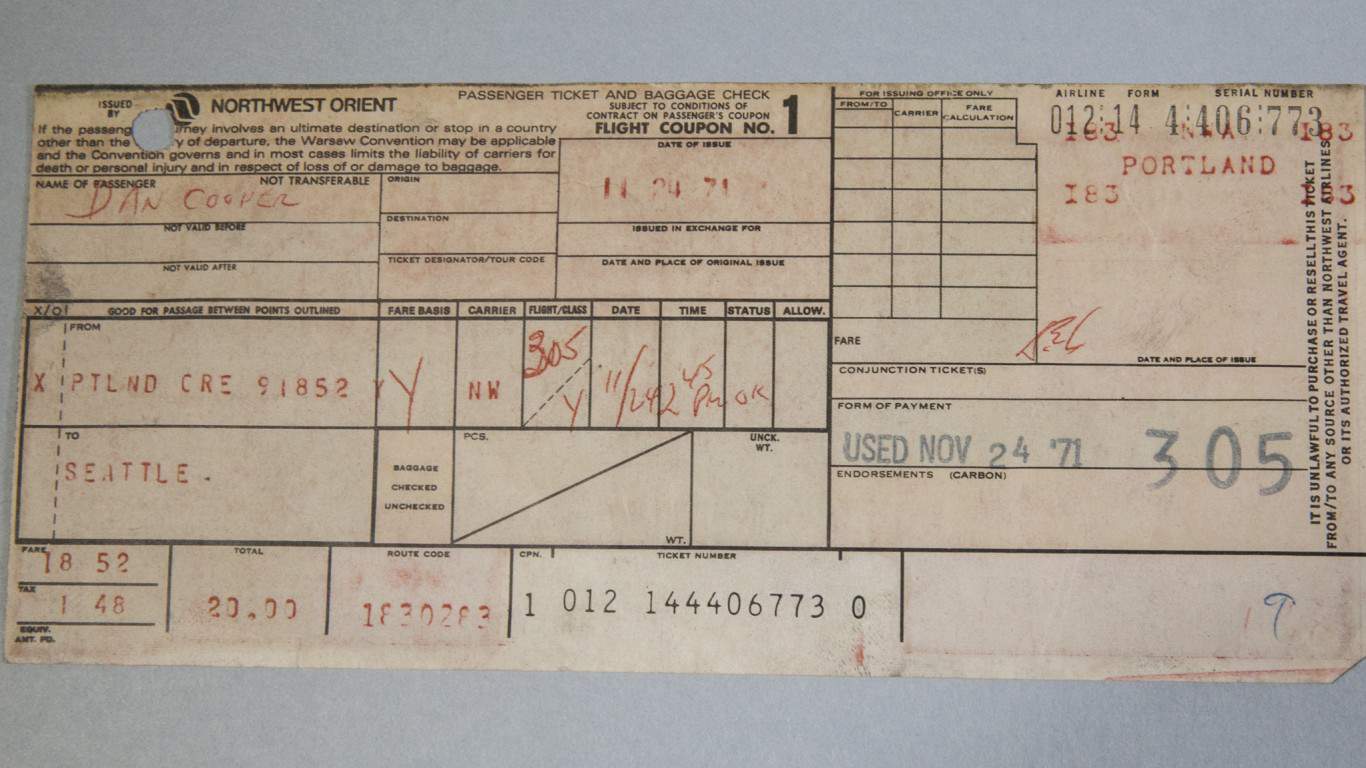
- Outcome: Unsolved
A man who identified himself as D.B. Cooper hijacked Northwest Orient Flight 305 out of Portland, Oregon, on Nov. 24, 1971. He demanded and received $200,000 in ransom money upon landing in Seattle. The plane took off for Mexico City, and during the flight he parachuted into the woods in the American West and was never seen again.
Murder of Special Agent Edwin C. Shanahan
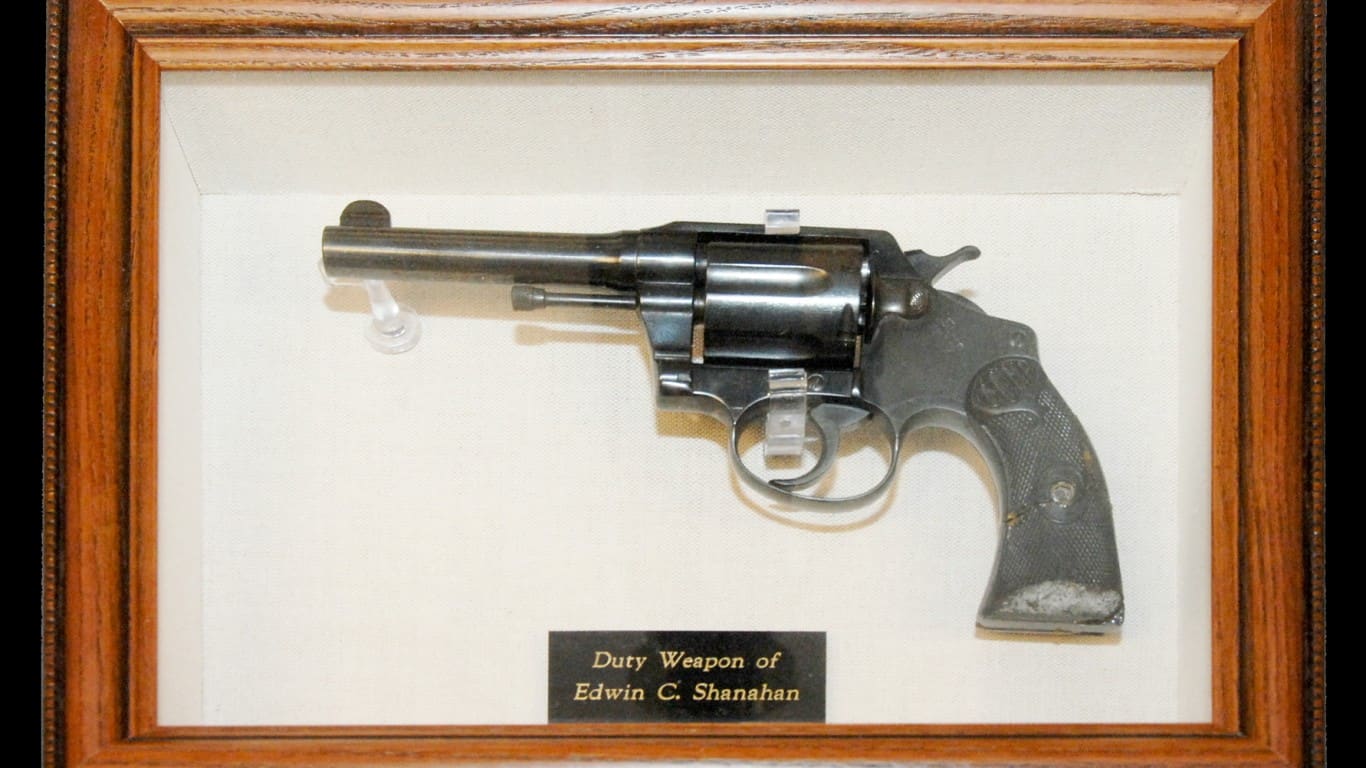
- Outcome: Man served 28 years of a 35-year jail term
Special Agent Edwin C. Shanahan sought to apprehend Martin James Durkin, a professional automobile thief, for violation of the National Motor Vehicle Theft Act. On Oct. 11, 1925, Shanahan became the first FBI agent slain in the line of duty while trying to arrest Durkin in Chicago. It was not a federal offense to kill a special agent until 1934. Durkin served 28 years of a 35-year term and was released in 1954. He died in 1981.
Frank Sinatra, Jr., kidnapping
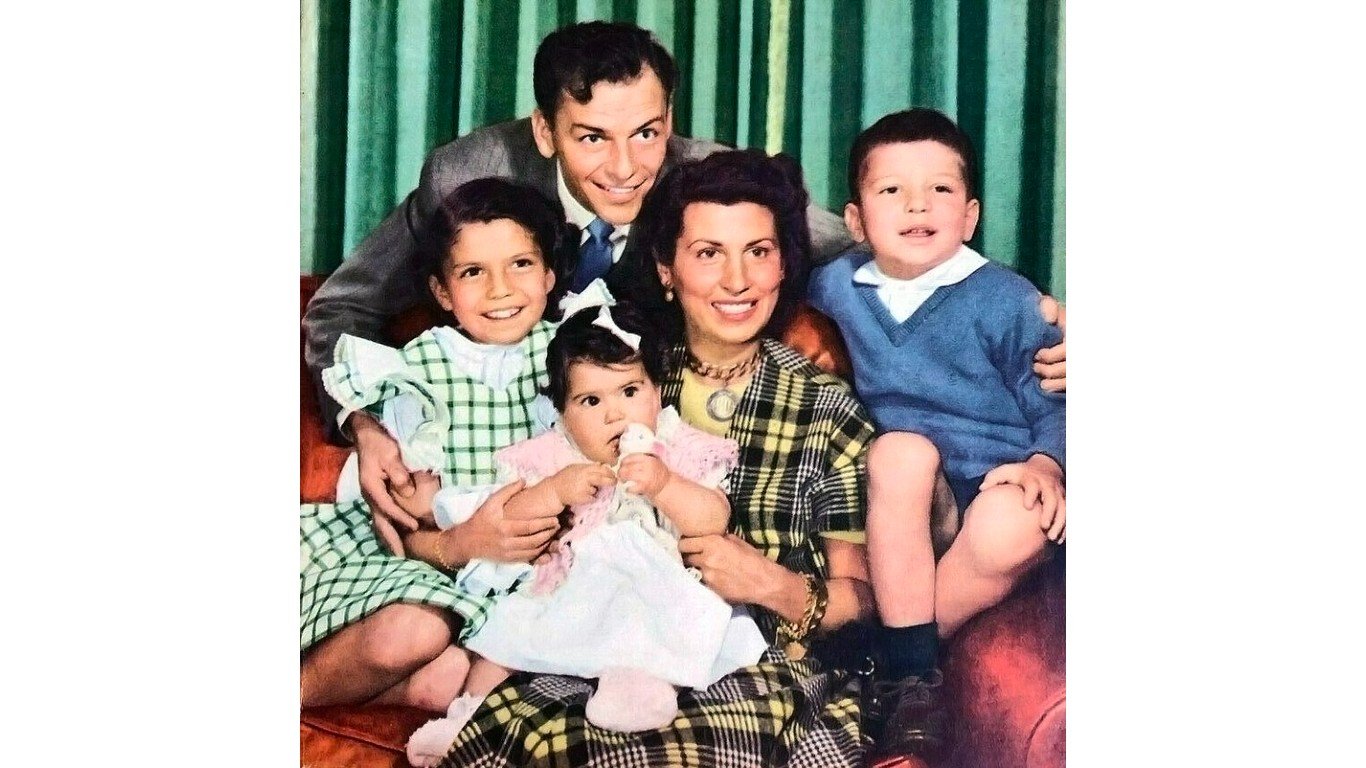
- Outcome: Kidnappers caught and convicted
Frank Sinatra, Jr., son of iconic singer Frank Sinatra, was kidnapped on Dec. 8, 1963, at a lodge in Lake Tahoe, Nevada, by two 23-year-old men from Los Angeles and held for $200,000 ransom. Young Sinatra, who was trying to start his own singing career, was found unharmed and the money was recovered. Three kidnappers were convicted.
Reservation murders
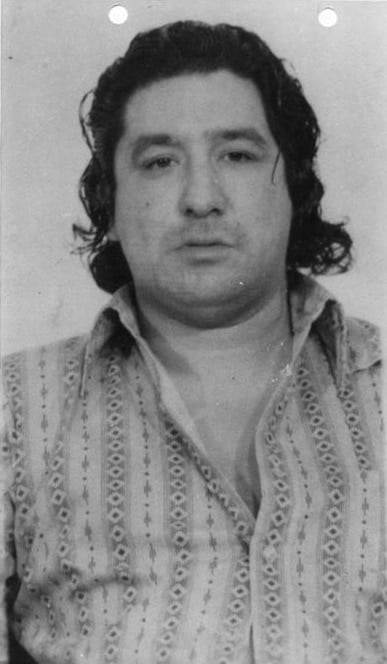
- Outcome: Suspect sentenced to two consecutive life terms
FBI Agents Jack Coler and Ronald Williams were murdered on June 26, 1975, at Pine Ridge Indian Reservation by Leonard Peltier in the southwest corner of South Dakota. Peltier, who had an outstanding warrant for his arrest at the time of shootings, was sentenced to serve two consecutive life terms.
Bombing of United flight

The wreckage of United Airlines Flight 629 was brought to a warehouse to be examined by investigators.
- Outcome: Jack Gilbert Graham found guilty of murder and executed
On Nov. 1, 1955, United Air Lines Flight 629 with 44 people aboard took off from Stapleton Airport in Denver bound for Portland, Oregon, but an explosion on the plane caused it to crash on a beet farm near Denver. The downed aircraft was the work of Jack Gilbert Graham, who stood to inherit insurance money upon the death of his mother who was on that plane.
Army deserters kill FBI agent
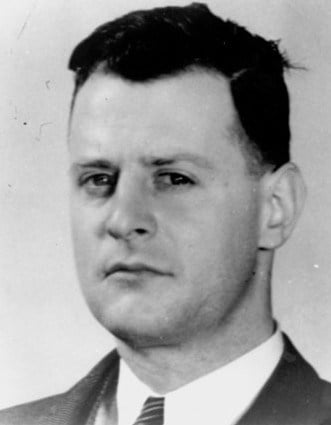
- Outcome: Suspects sentenced to life imprisonment
Army deserters James Edward Testerman and Charles J. Lovett gunned down special agent Hubert J. Treacy, Jr. on March 13, 1942, in a restaurant in Abingdon, Va. They were apprehended after a gun battle and sentenced to life in prison.
Greenlease kidnapping

- Outcome: Kidnappers executed
Bobby Greenlease Jr., 6-year-old son of a wealthy car dealer, was kidnapped from school in Kansas City, Missouri, on Sept. 28, 1953, held for $600,000 ransom and then murdered. Suspects Carl Hall and Bonnie Heady were arrested and a jury in the federal court in Kansas City, recommended the death penalty after only an hour and eight minutes of deliberations. They were executed in the gas chamber on Dec. 18, 1953.
JFK assassination
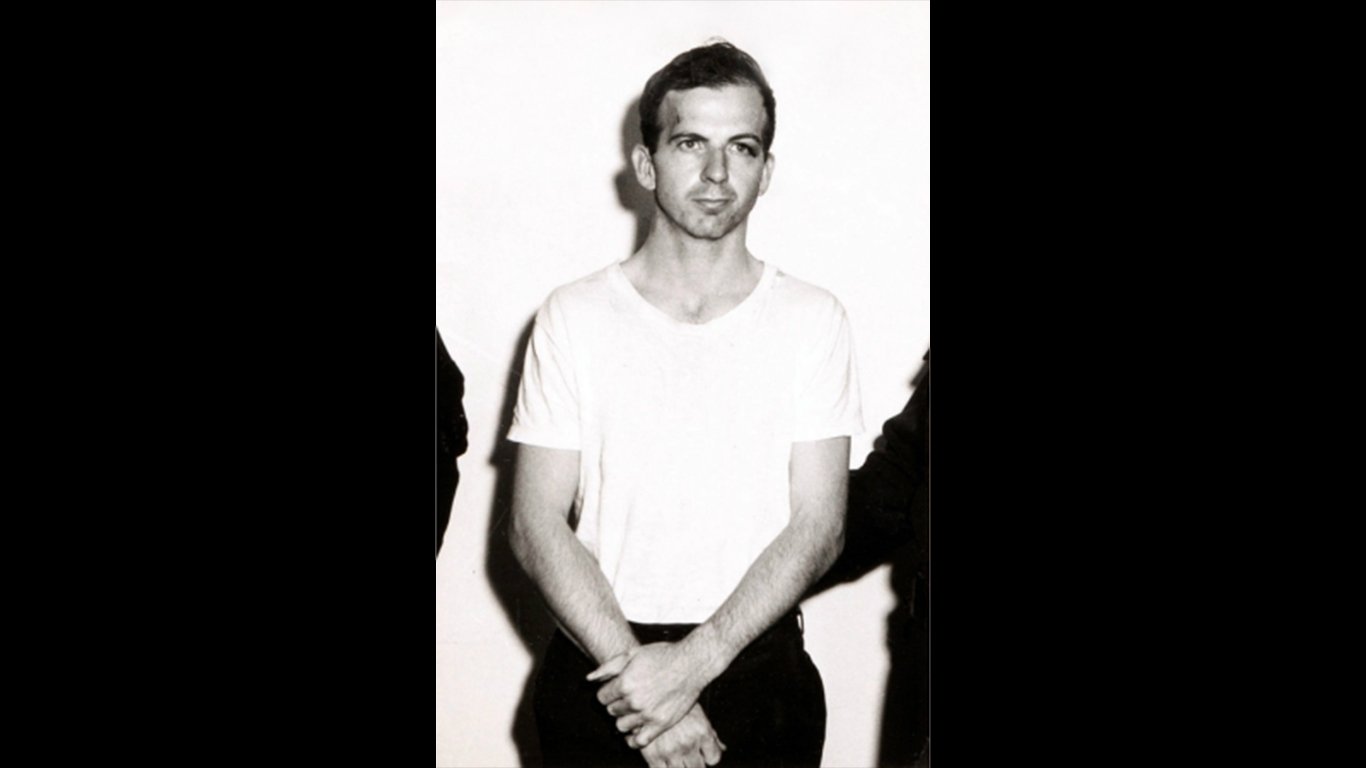
- Outcome: Oswald gunned down by Jack Ruby
President John F. Kennedy was assassinated in Dallas on Nov. 22, 1963. The FBI conducted about 25,000 interviews and chased tens of thousands of investigative leads and came to the conclusion that assassin Lee Harvey Oswald acted alone in the killing of the president.
Weyerhaeuser kidnapping

- Outcome: Three suspects sentenced
On May 24, 1935, George Weyerhaeuser, the 9-year old son of lumber tycoon J.P. Weyerhaeuser of Tacoma, Washington, disappeared on his way home from school and was held for ransom initially put at $200,000. FBI agents apprehended three kidnappers and retrieved more than $157,000 of the ransom money.
Special Agent J. Brady Murphy slain
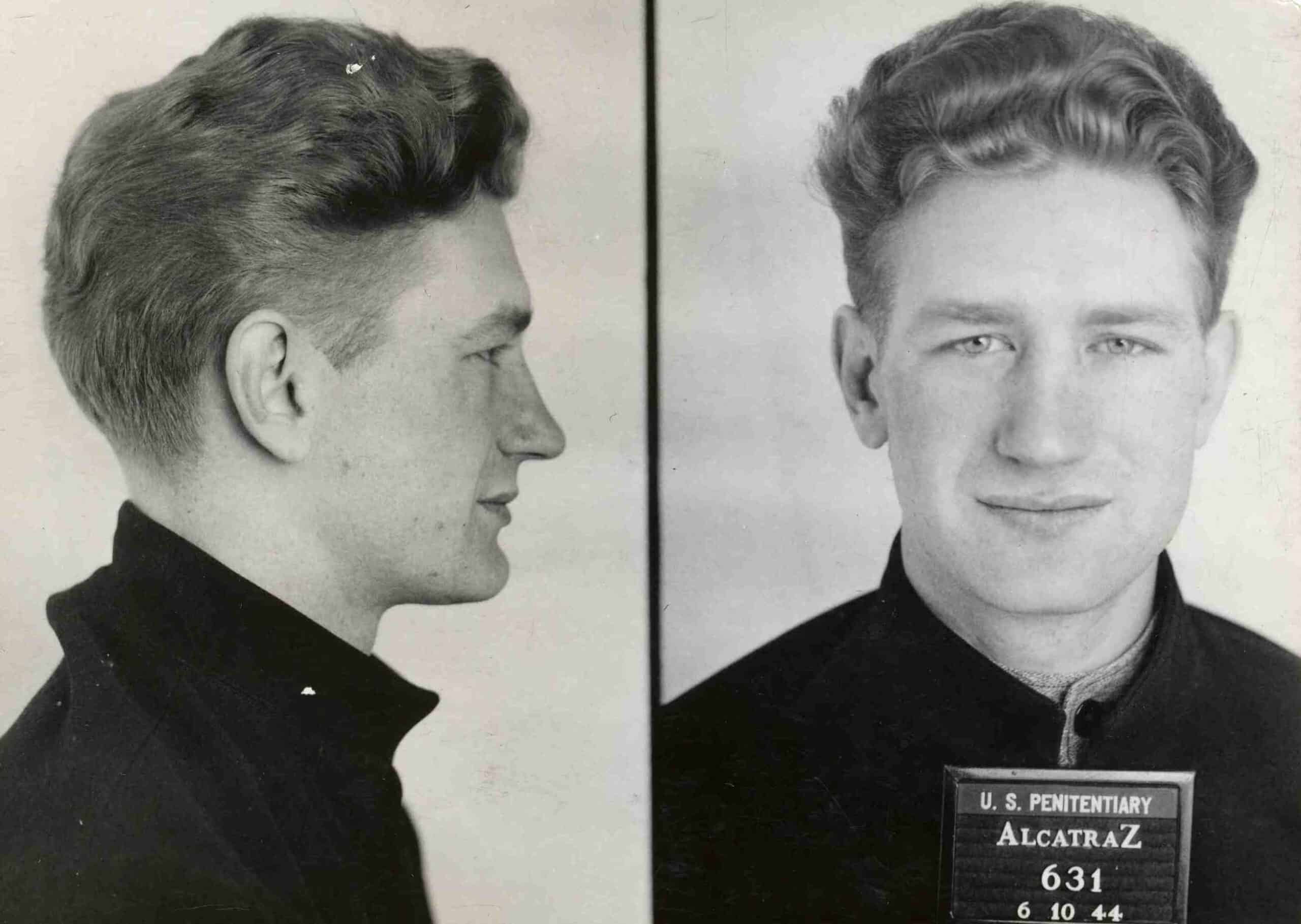
- Outcome: John Elgin Johnson killed in shootout with FBI agents
In a scene that seemed to come out of a movie, Special Agent J. Brady Murphy was mortally wounded in a gun battle with murder suspect and career criminal John Elgin Johnson in a Baltimore movie theater on Sept. 25, 1953.
Jonestown mass suicide
- Outcome: Cultist Larry Layton sentenced to life in prison
An investigation into abuse at Jim Jones’ Peoples Temple the jungle of Guyana on Nov. 14, 1978, led to the death of California Congressman Leo Ryan and then the poisoning of more than 900 cultists, including more than 200 children.
Krupp diamond theft

- Outcome: Suspects arrested and convicted
The theft of a valuable diamond ring and $700,000 on April 10, 1959, by three men at the Krupp family ranch in Nevada led the FBI on a cross-country chase that ended with the arrest of a man in a hotel room in Elizabeth, New Jersey. The ring’s diamonds were reassembled and the precious band was later bought at auction by Richard Burton for his then-wife Elizabeth Taylor.
Special Agent William R. Ramsey murder
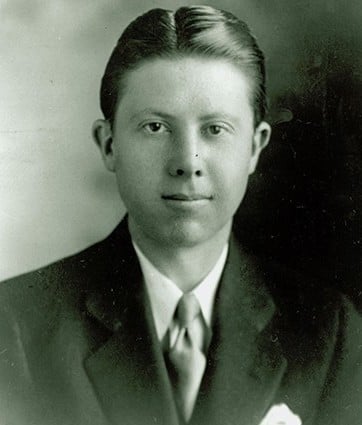
- Outcome: Suspect killed, two others arrested
On May 3, 1938, Special Agent William R. Ramsey died from wounds that he sustained while attempting to arrest one of the suspects, Joe Earlywine, in an Indiana bank burglary that had taken place the previous year. Ramsey was able to shoot and kill Earlywine before he died. Two other paroled convicts were arrested.
Judge Vance murder
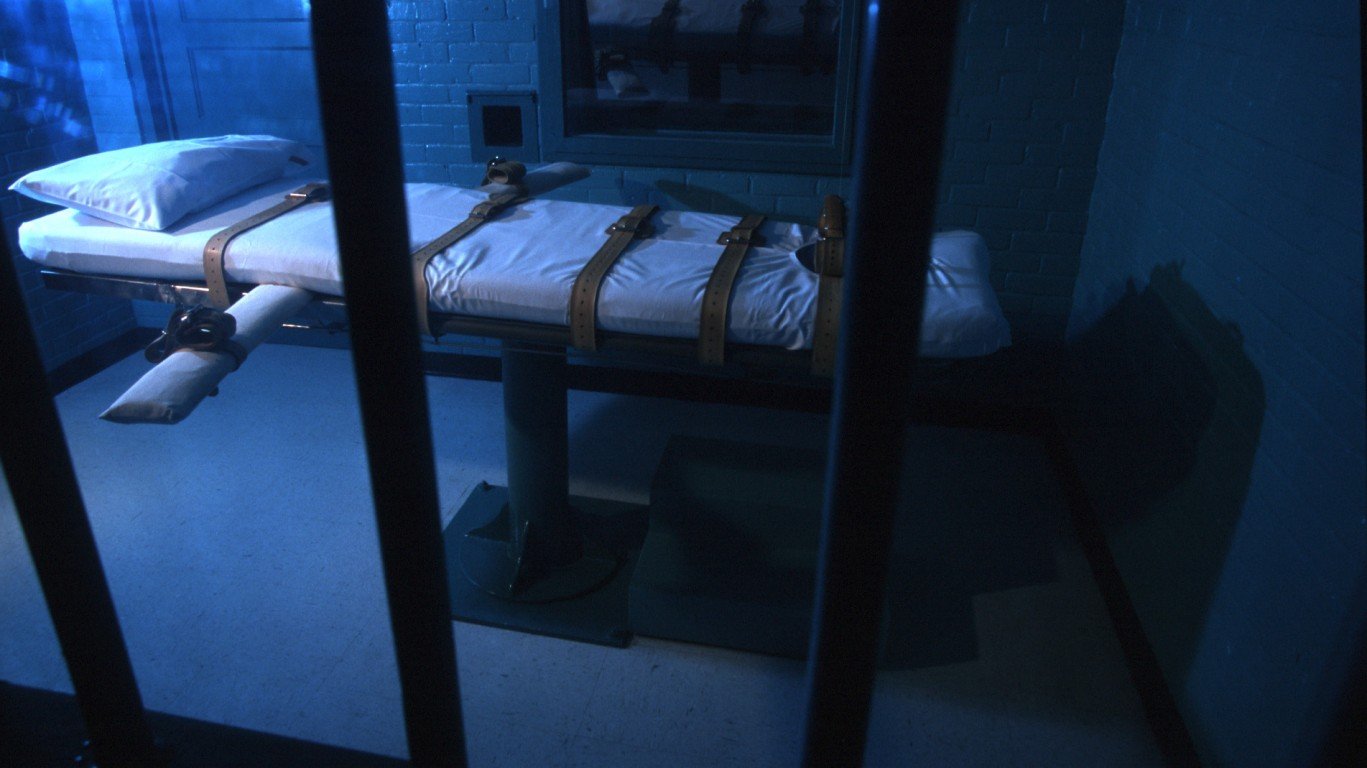
- Outcome: Walter Moody executed in 2018
At the end of 1989, the nation was shaken by a series of bombings in the South targeting federal buildings, law officials, and the Jacksonville office of the NAACP. Judge Robert Vance was killed in his suburban Alabama home on Dec. 16, and Robert Robertson was slain two days later in Atlanta. The trail led to Walter Leroy Moody, who had harbored a grudge against Judge Vance over a previous case. Moody was executed in 2018.
Lindbergh kidnapping
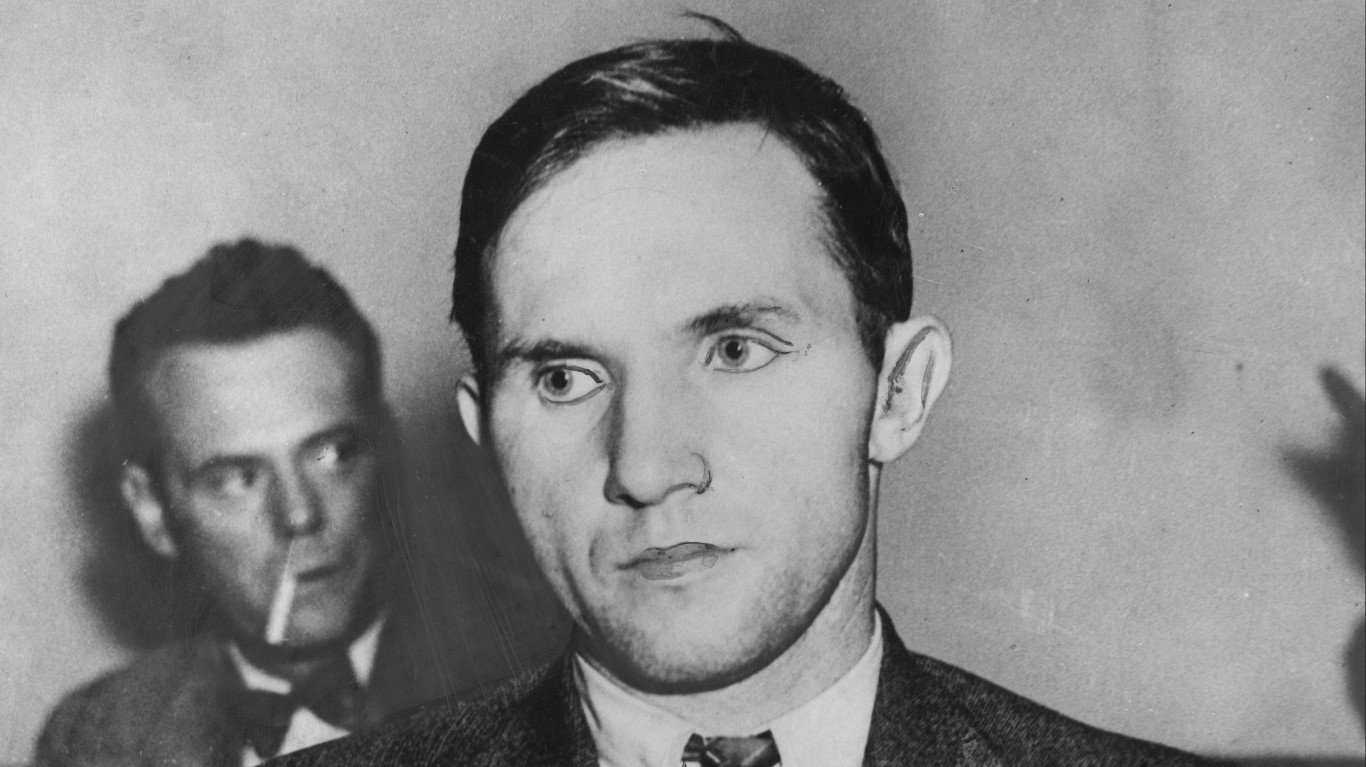
- Outcome: Bruno Richard Hauptmann executed
Charles Augustus Lindbergh, Jr., 20-month-old son of the famous aviator and author Anne Morrow Lindbergh, was kidnapped on March 1, 1932, from the nursery on the second floor of the Lindbergh home near Hopewell, New Jersey. The child died during the ordeal and the kidnapper, Bruno Richard Hauptmann, was executed in the electric chair.
Robbery spree on East Coast
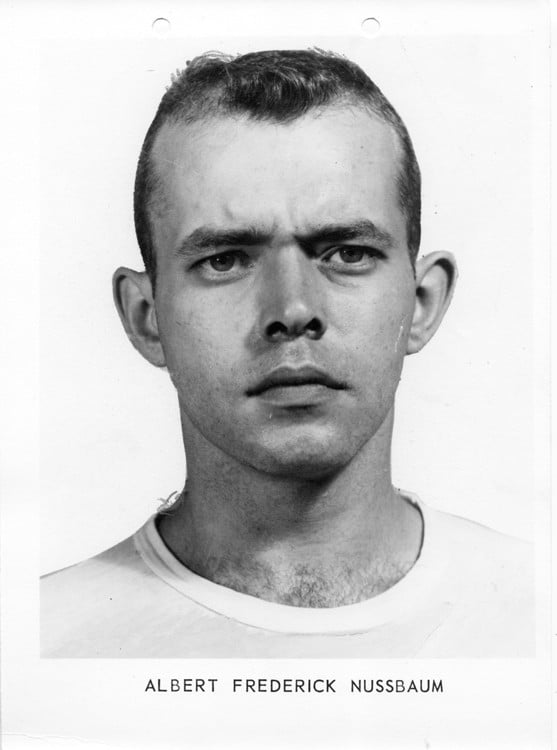
- Outcome: Suspects sentenced to life in prison
After forging an alliance in an Ohio prison, Albert Nussbaum and Bobby Wilcoxson robbed eight banks, amassed an arsenal of weapons, killed a bank guard, and set off several bombs in the nation’s capital in 1961. The two had a falling out and were apprehended in the countryside outside of Buffalo. They were sentenced to life in prison.
Osage murders case
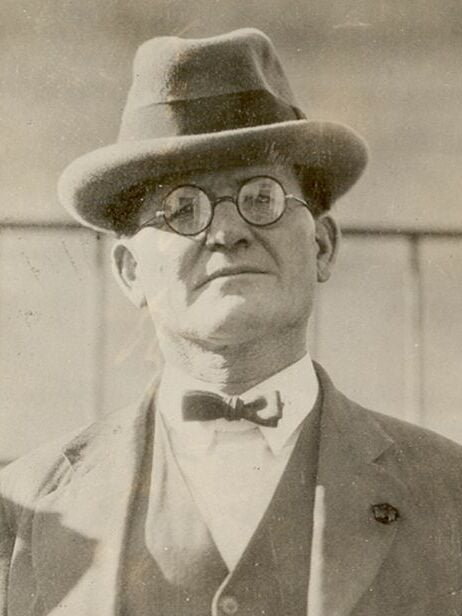
- Outcome: Cattleman WIlliam Hale and his henchmen sentenced to prison
A series of murders committed against members of the Osage Nation in Oklahoma, who owned rights to recently discovered oil and earned royalties from its sale, was solved when the FBI apprehended business mogul William Hale and his henchmen. The story is the subject of the Martin Scorsese-directed film “The Killers of the Flower Moon.”
Patty Hearst abduction
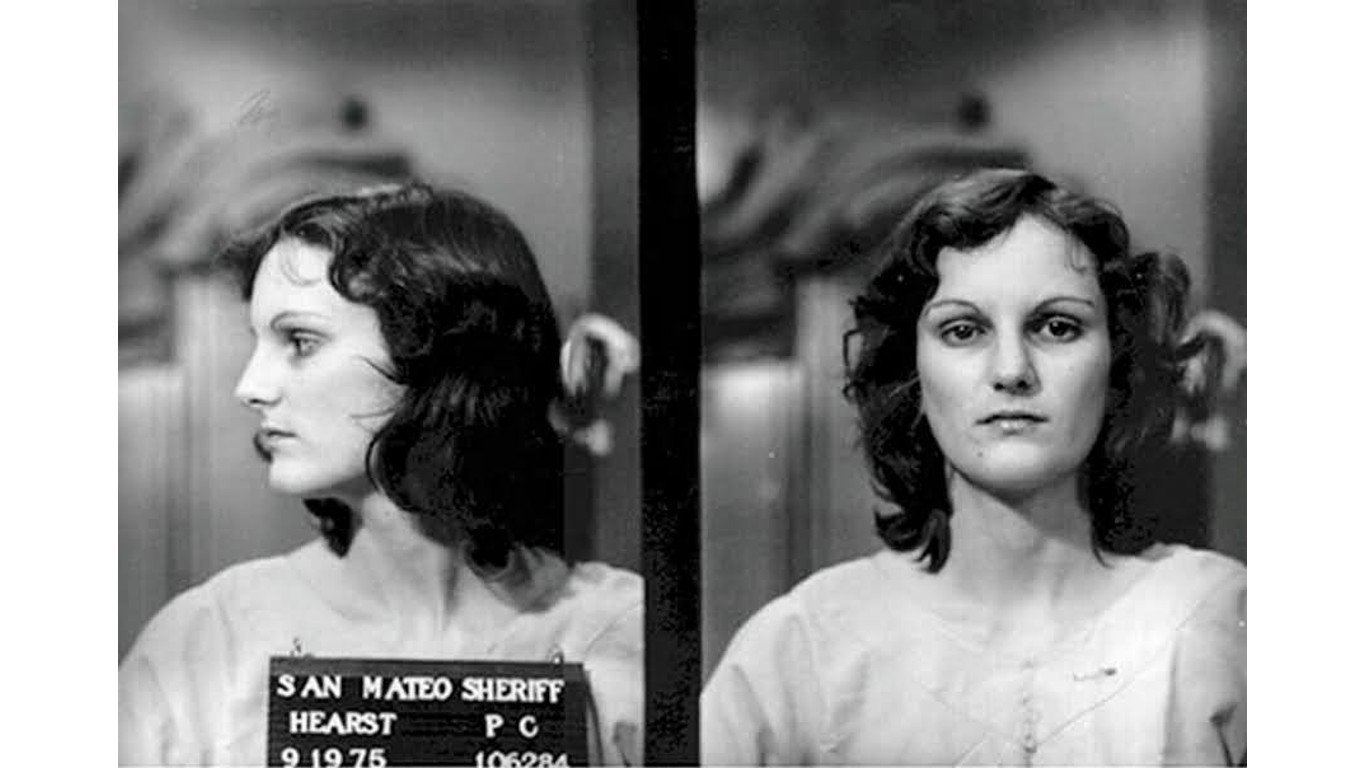
- Outcome: Hearst found guilty of bank robbery and other charges; President Carter commuted her sentence
Patty Hearst, the granddaughter of newspaper magnate William Randolph Hearst on Feb. 4, 1974, was abducted from her dorm room at the University of California, Berkeley, by armed anti-capitalist radicals of the Symbionese Liberation Army in California. The SLA demanded a ransom of $2 million to feed the poor. Patty Hearst was brainwashed by the SLA and participated in a bank holdup and helped make explosive devices. She was captured on Sept. 18, 1975, and charged with bank robbery and other crimes. Her seven-year sentence was commuted by President Carter after she served two years.
Unabomber attacks
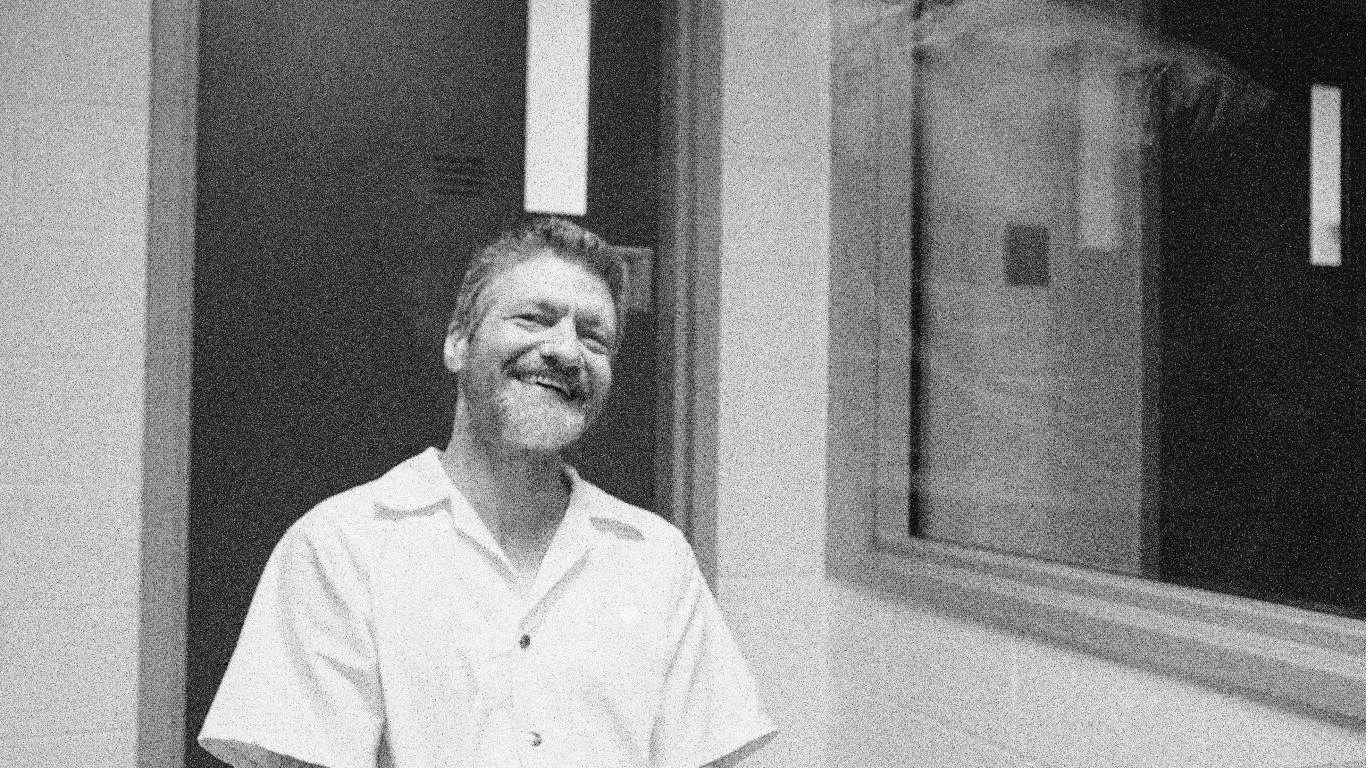
- Outcome: Kaczynski pled guilty and died in prison in 2023
Sixteen incendiary devices sent by mail were detonated between 1978 and 1995, one exploding in the bay of an American Airlines plane and another sent to the president of United Airlines. In all, the bombs killed three people. The case was cracked when the the Justice Department OK’d the newspaper publication of a 35,000-word manifesto by the so-called Unabomber. Social worker David Kaczynski alerted the FBI to similarities between what was published and the writing style of his brother Ted. The FBI tracked down Ted Kaczynski to a shack in Montana. Kaczynski pled guilty and died in prison in 2023.
Hijacking of United Flight
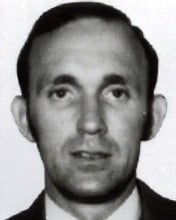
- Outcome: Man sentenced to 45-year term in 1973
On April 7, 1972, a man brandishing a hand grenade and a pistol hijacked a United Airlines flight bound for Los Angeles from Newark, N.J., with a stopover in Denver, and parachuted from the plane over Utah with $500,000 in ransom money. Vietnam War veteran and helicopter pilot Richard Floyd McCoy, Jr., was eventually tracked down and sentenced to a 45-year jail term for air piracy. In 1974, McCoy escaped from the federal penitentiary in Lewisburg, Pa., with two other convicts and was eventually killed in a shootout with law enforcement.
Murder of Anne Marie Fahey

- Outcome: Convicted in 1999, died in prison in 2011
- Weinberger kidnapping done
- Outcome: Suspect executed in 1958
One-month-old Peter Weinberger was kidnapped from his Westbury, N.Y., home on July 4, 1956, by Angelo LaMarca, a cash-strapped taxi dispatcher and truck driver. He left a ransom note for $2,000 but panicked when police and the press swarmed the dropoff site for the money. He left the baby unattended and he eventually died. The FBI matched LaMarca’s handwriting with his writing in a previous probation file and arrested him. He was convicted of kidnapping and murder and executed in 1958.
Joanne Chesimard terror spree
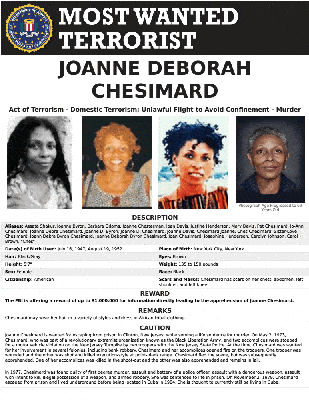
- Outcome: Chesimard escaped from prison and lived underground before being located in Cuba in 1984
Joanne Chesimard, a member of the extremist group Black Liberation Army, fled the U.S. and is wanted for domestic terrorism; bank robbery; unlawful flight to avoid confinement after escaping prison in New Jersey in 1979; and the murder of a New Jersey State Trooper. Chesimard was named a Most Wanted Terrorist by the FBI and is the first woman ever to make the bureau’s list of top terrorists. She is thought to be living in Cuba.
Oklahoma City Bombing

- Outcome: Anti-government militant executed; co-conspirators sentenced to prison terms
The Oklahoma City bombing occurred when a truck packed with explosives was detonated on April 19, 1995, outside the Alfred P. Murrah Federal Building in Oklahoma City. The blast killed 168 people and left hundreds more injured. Anti-government conspirators Timothy McVeigh, Terry Nichols, and Michael Fortier were found guilty of perpetrating the worst domestic terrorist attack in U.S. history. McVeigh was executed, Nichols was sentenced to life in prison, and Fortier was sentenced to 12 years in jail and released in 2007.
Murder of Medgar Evers
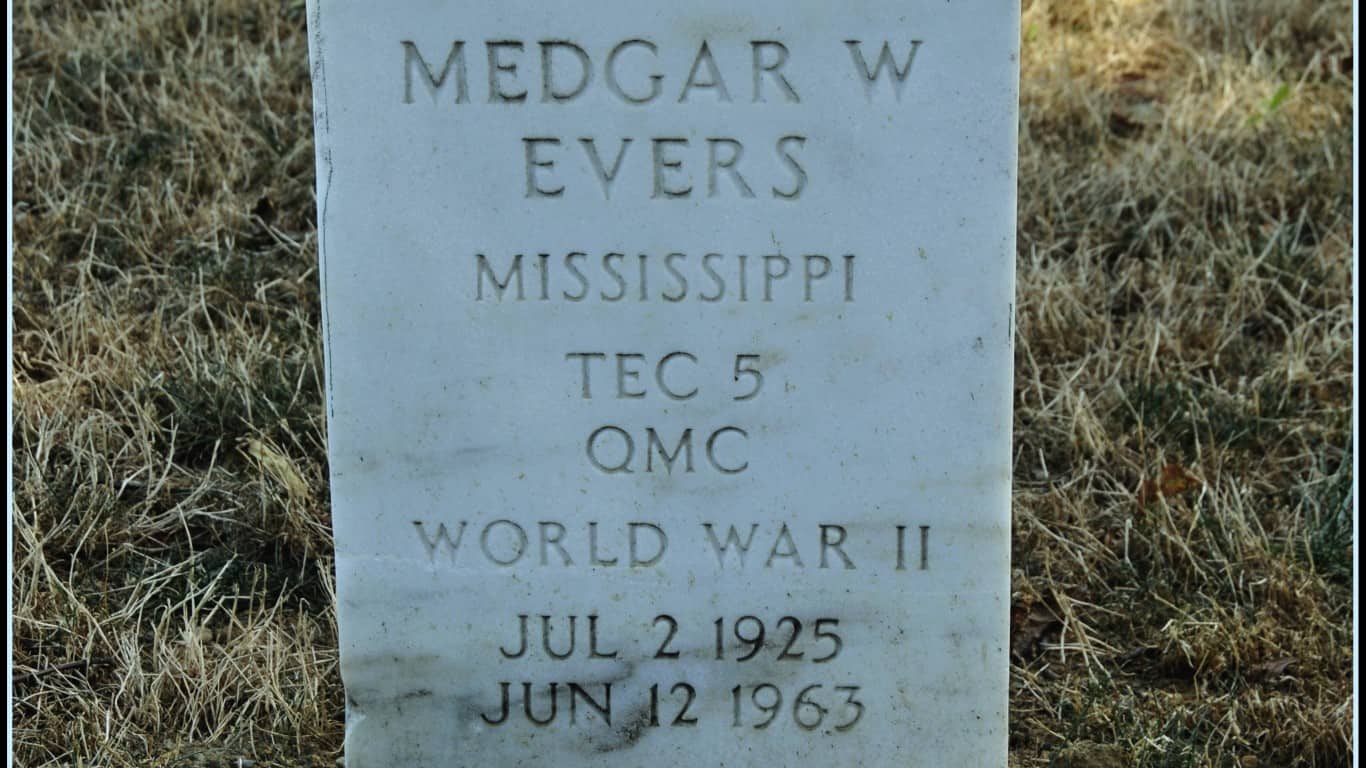
- Outcome: Byron De La Beckwith convicted
Civil rights leader Medgar Evers was gunned down in front of his Mississippi home on June 12, 1963. Two all-white juries rejected testimony from FBI agents and witnesses to convict Ku Klux Klan member Byron De La Beckwith. The persistence of Evers’ widow Myrlie Evers-Williams forced the FBI to reopen the case. New witnesses were located and De La Beckwith was convicted in 1994. He died in jail in 2001.
German saboteurs
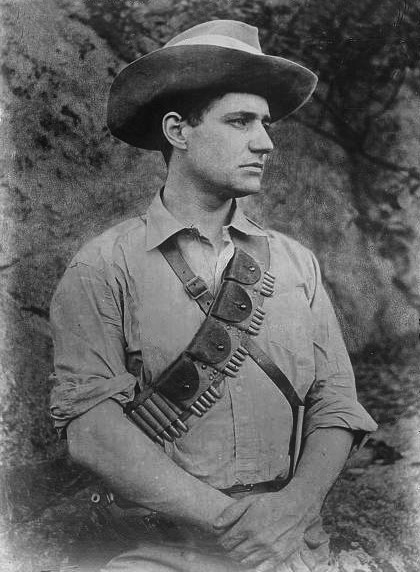
- Outcome: All were captured
In July 1941, before America entered World War II, FBI agents apprehended German spy Frederick Joubert “Fritz” Duquesne and 32 other German agents following a two-year investigation. A year later, the agency thwarted two teams of German saboteurs who landed on Long Island and Ponte Vedra Beach in Florida.
Robbers in the Midwest

- Outcome: Bonnie and Clyde, Dillinger killed
Holdups of banks and other businesses were common in Depression-era America in the 1930s, and the crimes of robbers Bonnie Parker and Clyde Barrow and John Dillinger commanded the nation’s attention. In 1934, Bonnie and Clyde were slain in a hail of bullets from law enforcement, and later that year, and Dillinger was killed by special agents outside the Biograph Theater in Chicago while resisting arrest.
